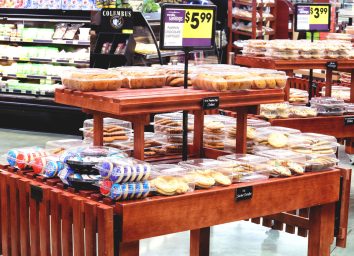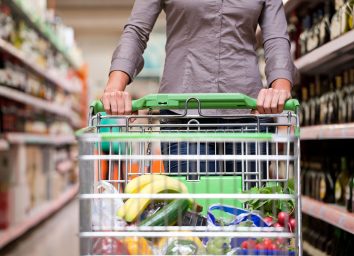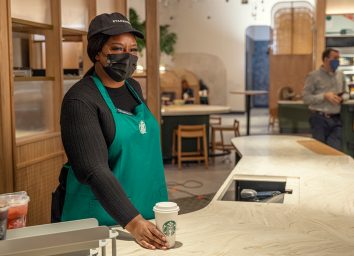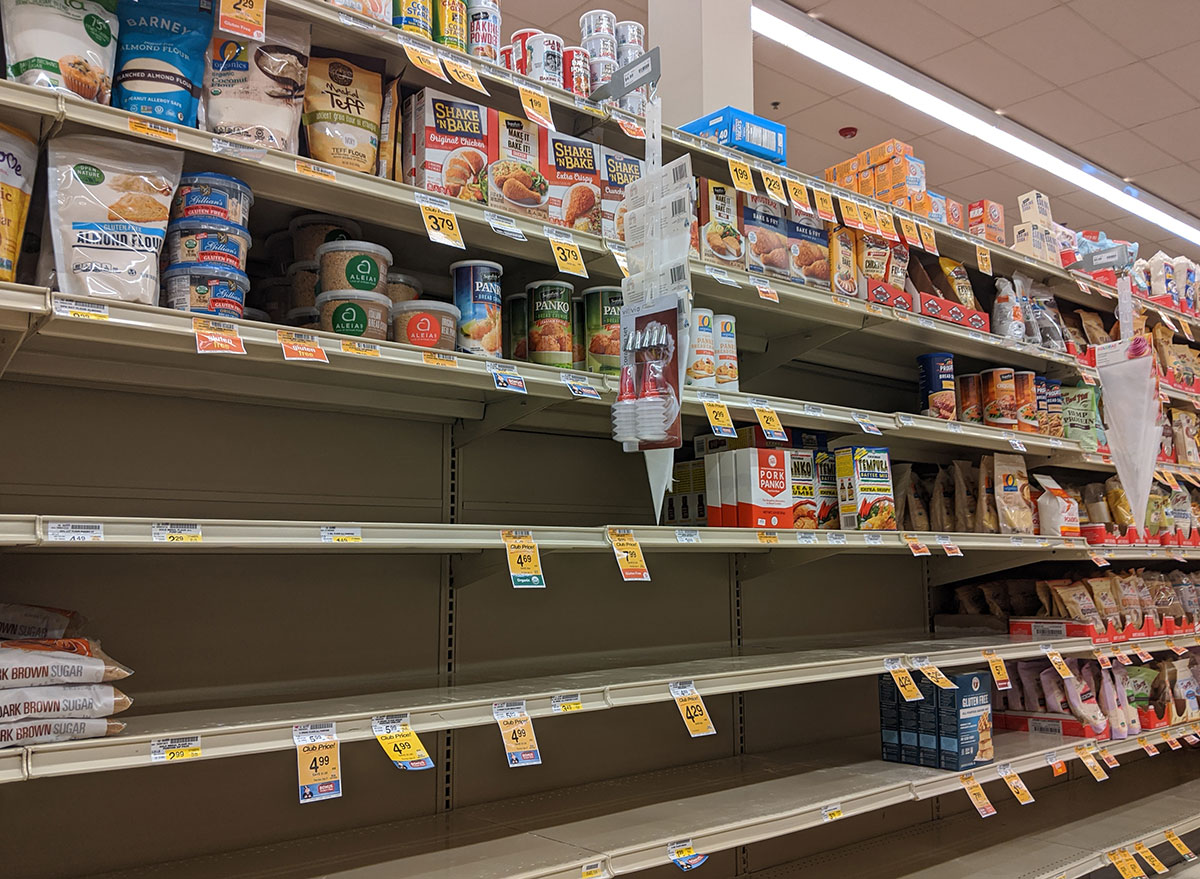
The lead paragraph in a United States Department of Agriculture report titled "Access to Food" that was released in the mid-autumn of 2021 read in part: "There are currently no nationwide shortages of food, although in some cases the inventory of certain foods at your grocery store might be temporarily low before stores can restock." Technically, the report is saying, Americans never experienced a true food shortage in 2021; there was always enough food to go around. But just because there may not have been technical food shortages, tell anyone who confronted bare grocery store shelf—aisle after aisle, visit after visit—that there were no grocery shortages in 2021 and you're bound to get an earful.
The problem affected retailers of all sizes all across the country, from national stores to regional chains to one-off markets, getting so bad that in late November that executives from Kroger, Walmart, Food Lion, and other major players in food sales met with President Biden and other administration officials to address food supply chain and shortage issues. The President had previously pledged to address issues like backups at seaports, while CEOs of multiple major food retailers had pledged to aggressively work toward restocking store shelves.
We can only hope that the efforts of the White House, corporate leaders, supply chain logistics managers, and of course food producers will minimize grocery shortages in the future because looking back at the worst food shortages of 2021 brings back some very unpleasant memories. (Plus, if you're a Costco shopper, don't miss The Worst Costco Shortages of 2021.)
Chicken
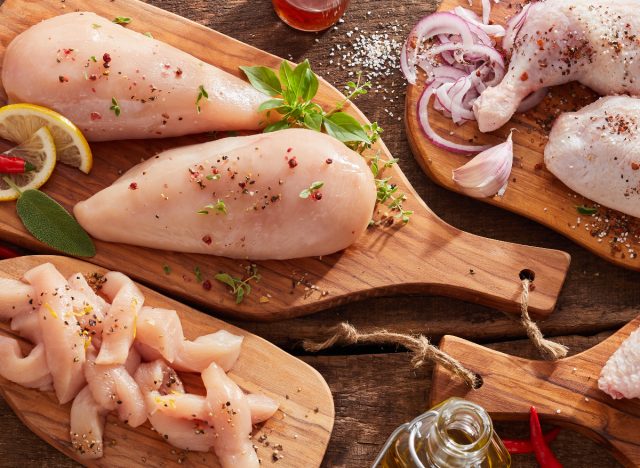
From restaurant chain Buffalo Wild Wings almost running out of chicken wings (rather essential for its business model) to poultry prices on grocery store shelves surging, the great chicken shortage of 2021 was one of the earlier food shortage issues of the year. By late winter, restaurants and retailers alike were starting to feel the squeeze as chicken supplies ran thin. The shortage was caused by everything from an uptick in fast food sales to a new breed of rooster megaproducer Tyson was trying out.
Fish Sticks
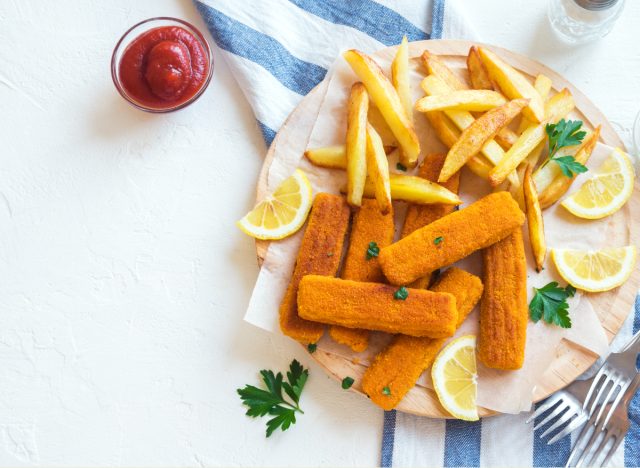
Nothing good happens when friends fight. In this case, the fight was between customs officials from the United States and Canada, and the dispute at the border led to a disruption in the supply of Alaska pollock, a fish used in fish sticks, not to mention many sandwiches sold by fast-food chains, according to USA Today. At one point, more than 25 million pounds of fish were held in cold storage in Canada pending a resolution.
RELATED: Former Walmart CEO Says Shortages Are Unlike Anything He's Ever Seen
Ben & Jerry's Ice Cream
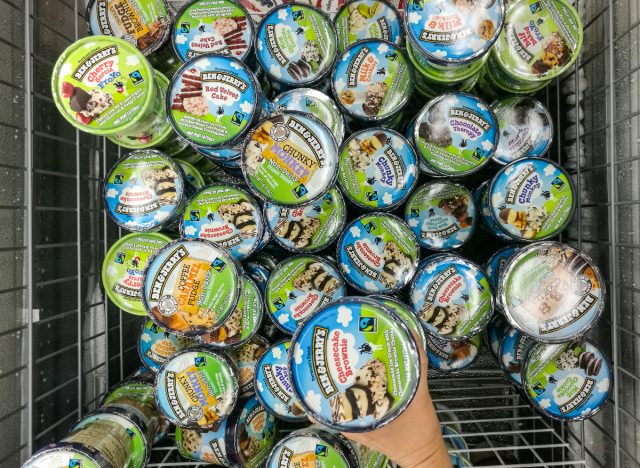
Many flavors of this globally beloved Vermont-based ice cream went out of production temporarily during 2021. The cause? The same issue that plagued businesses of all types and sizes all across the nation: labor shortages. According to USA Today, the company pivoted to production of its most popular flavors, curtailing output of many options.
Pet Food
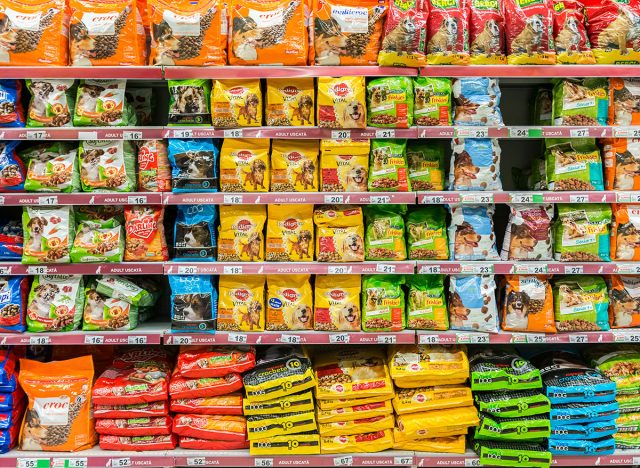
For a while in the fall of 2021, pet food was in precious short supply in America, especially canned cat food, according to Market Realist. For many felines, this was no major issue, as their owners could simply switch to dried food temporarily. But many animals with strictly prescribed diets were a matter of genuine concern as global supply chain issues led to acute shortages of many pet food products.
Ketchup Packets
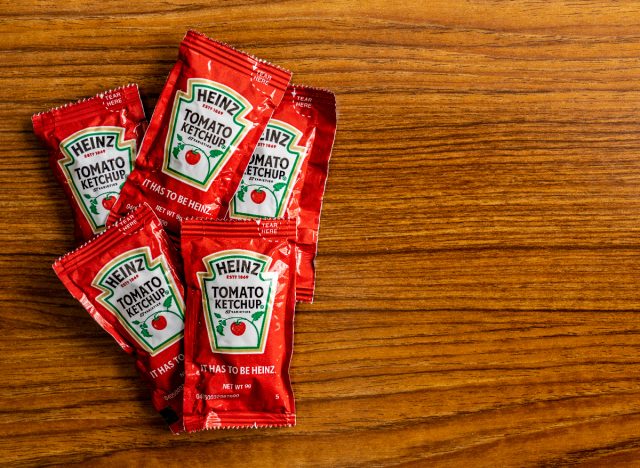
In the spring of 2021, many restaurants around America began reporting a shortage of a highly specific item: ketchup packets. And specifically packets of Heinz Tomato Ketchup. As takeout and delivery food sales continued to surge in 2021, these previously ubiquitous single-serving condiment delivery vehicles became increasingly scarce, so much so that some major restaurant chains even turned to other suppliers.
Oat Milk
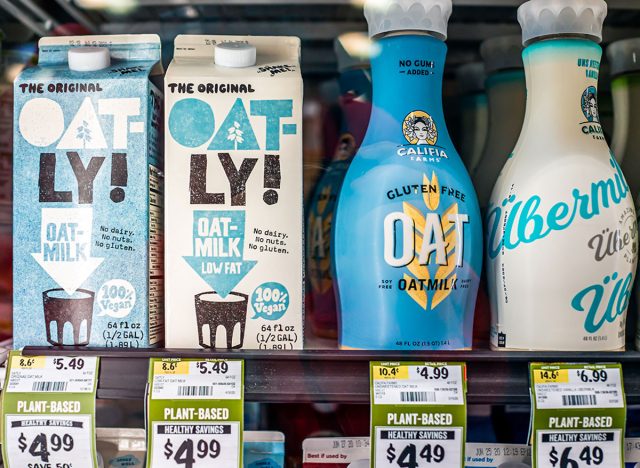
A few short years ago many people had never even heard of oat milk; by this year it had grown so popular that an oat milk shortage was major news. According to Bloomberg, the 2021 oat milk shortage was caused by a steady increase in demand—especially at places like Starbucks—and a poor oats harvest.
Coffee
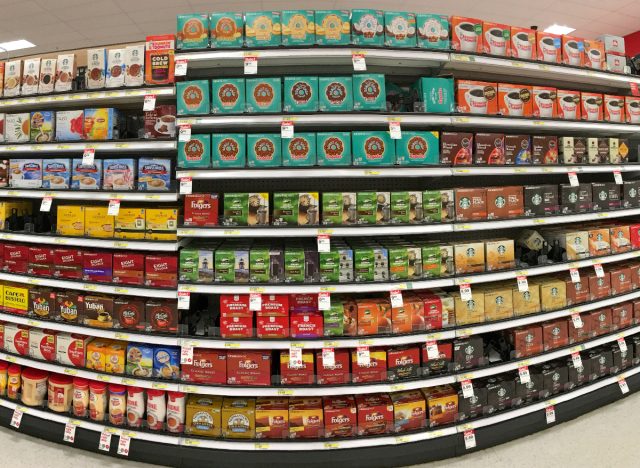
The coffee shortage is already here, that's the bad news. The worse news is that, according to Bloomberg, it may last for years. Droughts in major coffee-producing countries, chiefly Brazil, have led to record low production, with said nation even switching much of its production to robusta coffee beans, a heartier-growing but less popular, more bitter varietal. But what can be done with arabica coffee bean production at a 12-plus year low?
Lunchables
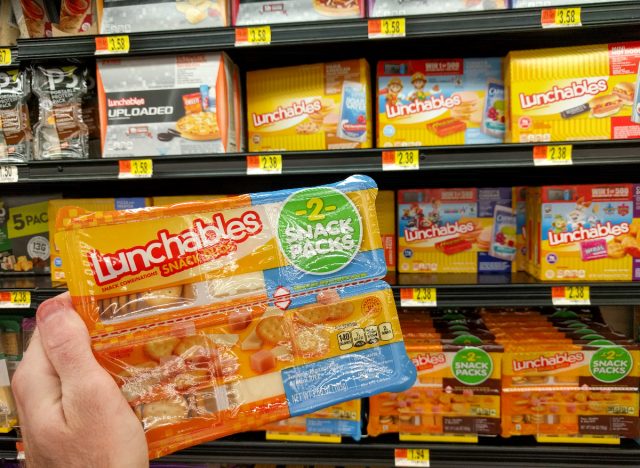
That's right, that snack time or lunch staple kids have counted on (or tolerated, rather, while parents have counted on them) for a generation were in short supply in 2021. According to My Stateline, the Lunchable shortage was caused by an all-time high surge in demand. Simply put, people (AKA parents in this case) bought them out: supply could not match demand.
Marie Callender Pot Pies
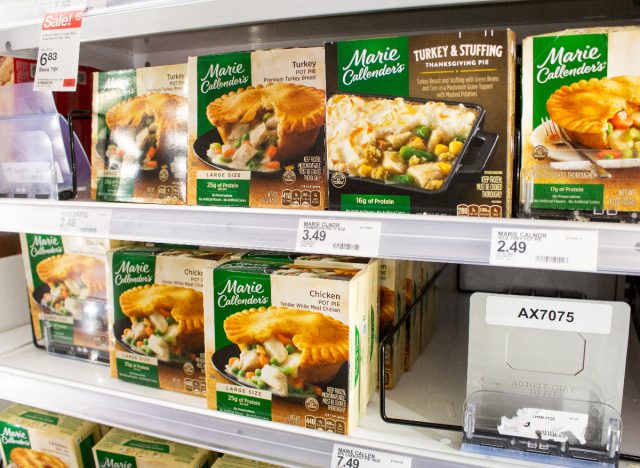
Arguably akin to an adult take on the Lunchable, the classic Marie Callender Pot Pie was harder to find this year, via USA Today. The shortage was partially due to an uptick in customer demand, as more people started hiding out at home again with the Delta Variant spread, but was also caused by a disruption in the production and supply of materials used to package the pies.
Rice Krispy Treats
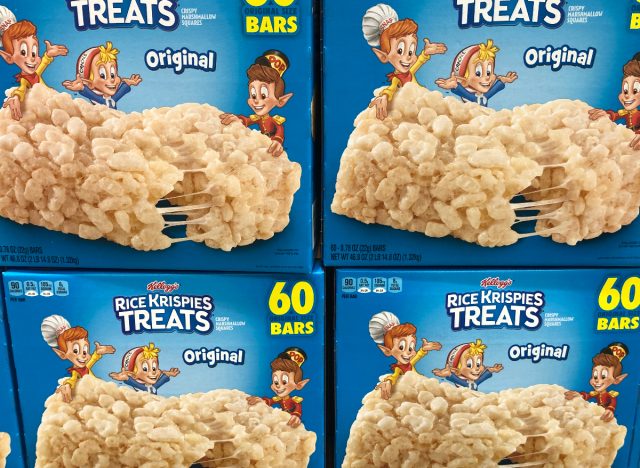
Things got a bit less sweet in the fall of 2021 as, among other products, Rice Krispy Treats became scarce on many grocery store shelves. According to Best Life, in October, Kellogg sent an email to multiple grocery chain executives stating in part that production of the iconic treats "will remain below service expectations" throughout the year. The shortage was exacerbated by a worker strike at Kellogg.
Spices
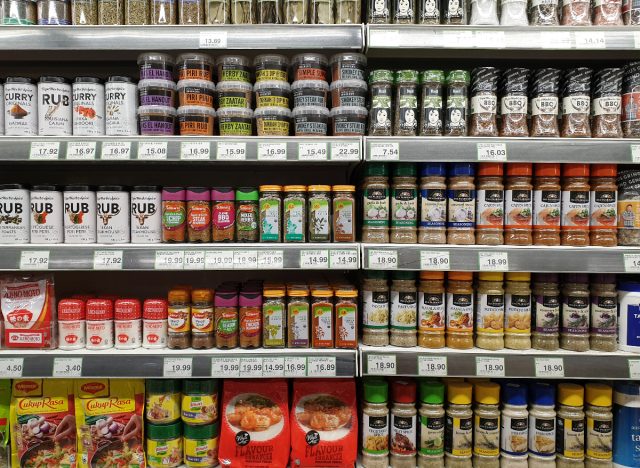
It was all about the supply chain woes when it came to the spice shortage of 2021, and little surprise there, given how many kitchen spices we usually take for granted come from overseas. According to CNBC, the McCormick brand, in particular, had issues as inventory was slow to arrive and demand grew with more and more people cooking at home.
Oreos
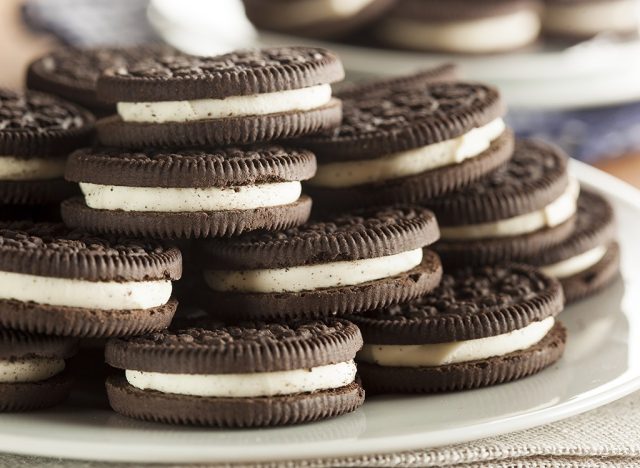
While Oreos never disappeared from store shelves in 2021, they were available in smaller quantities, and in the future, consumers can expect pricing to be higher, according to NPR. The cause? Again it's the global supply chain backup and the rising cost of basic commodities.
Bottled Water
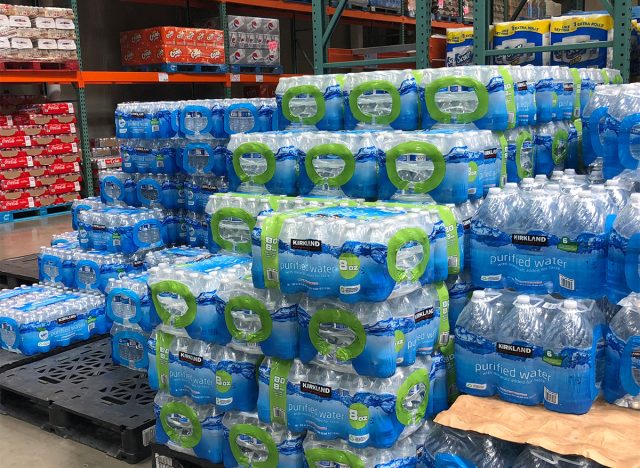
It was an American-style shortage to be sure, but earlier this year Costco customers across much of the found themselves limited to buying just five cases of bottled water due to shortages of the product. Granted, that's still 1,920 ounces of water assuming standard 16-ounce bottles and 24-bottle cases.
Canned Soups
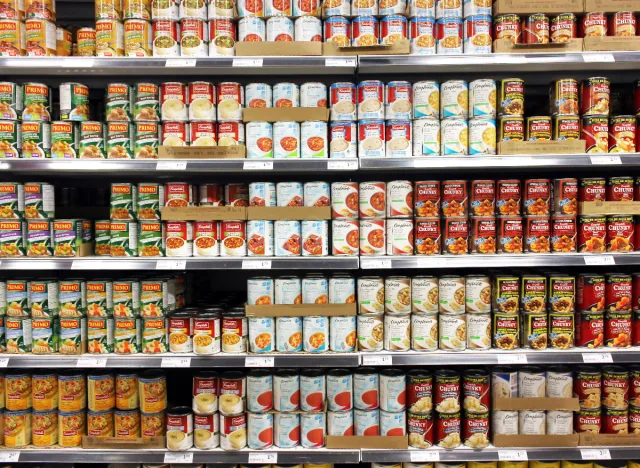
On top of all the supply chain issues impacting delivery of finished goods, so too were there many raw materials shortages in 2021, and one such material in shorter supply than usual was aluminum, according to Today. Thus there has been a constriction in the availability of canned soups as well as many other canned foods.
Liquor
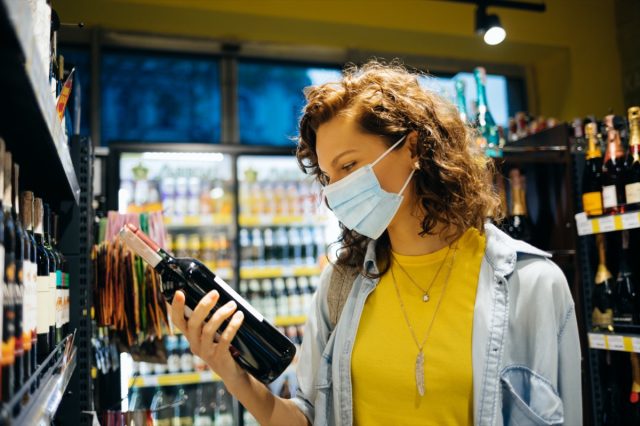
Little surprise that the first year of the pandemic saw a steep spike in sales of hard liquor, and that rise in sales then has led to a shortage of booze now, according to Taste of Home. The primary reason is that most liquor production simply can't be rushed; in fact, it can take years to replenish a diminished stockpile.
Need a substitute? Here are the best and worst options for your favorite foods:
The Best & Worst Bread in America in 2021—Ranked!
